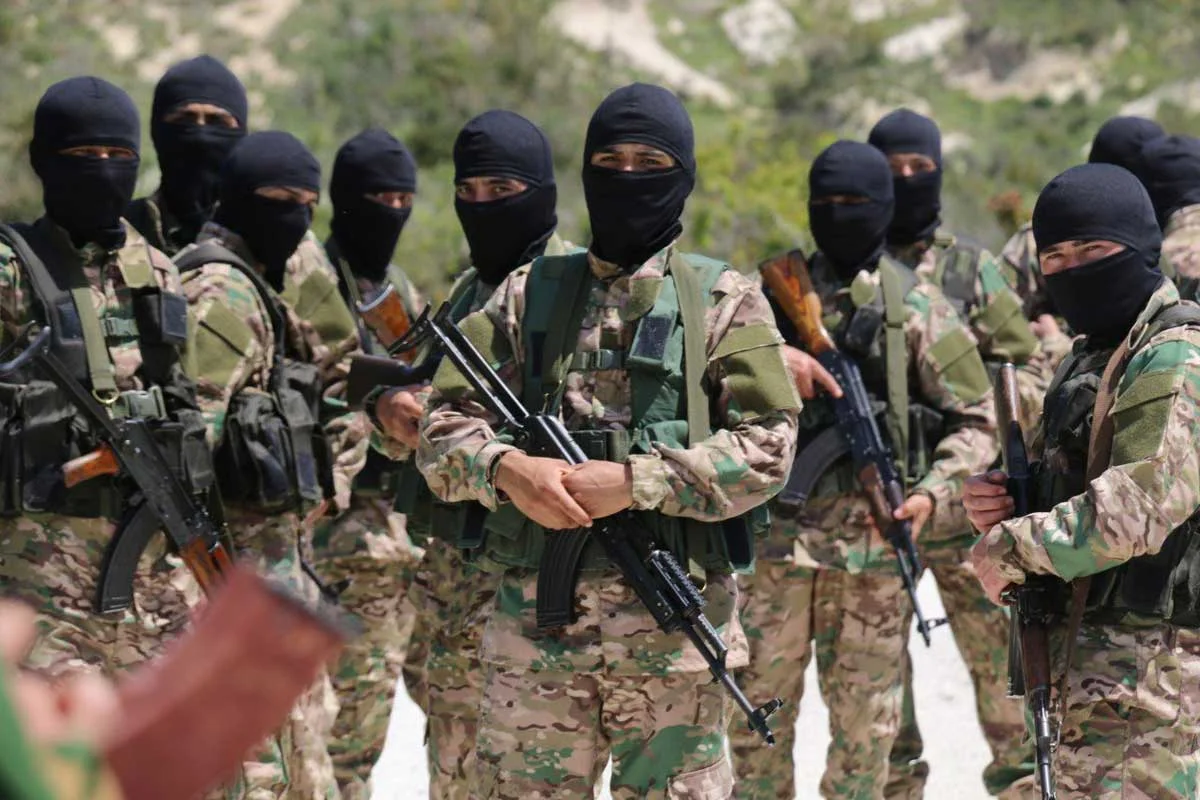World Bank Reports Pakistan to enhance productivity with reforms for sustainable economic growth.
Pakistan to introduce economic reforms as it can grow sustainably only if the country introduces productivity enhancing reforms that facilitate a better allocation of resources into more dynamic activities, and of talent to more productive uses, according to a new World Bank report.
The report, From Swimming in Sand to High and Sustainable Growth, finds that the country’s inability to allocate all its talent and resources to the most productive uses has stunted economic growth. It presents evidence of systematic productivity stagnation across firms and farms. In manufacturing and services, most of the productivity stagnation is related to firms losing efficiency over time. The report shows a decline in agricultural productivity, strongly linked to elevated temperatures and rainfall variations.
The report presents a roadmap to reduce economic distortions deterring productivity growth. Critical reforms include harmonizing direct taxes to channel resources into manufacturing and tradable services instead of real estate. The report also suggests reducing the anti-export bias by lowering import duties and reversing the anti-diversification bias of export incentives.
Women’s Role in Productivity
Productivity is further affected by the fact that Pakistan does not tap into all of its talent. “Women in Pakistan have made progress in educational attainment, but this accumulated human capital is underused because of constraints they face to participate in the labor force,” said Najy Benhassine World Bank Country Director for Pakistan. “With only 22 percent of women employed in Pakistan, women’s labor force participation is among the lowest in the world. By closing the female employment gap relative to its peers, Pakistan can accrue GDP gains of up to 23 percent. Successful implementation of policies to address the demand- and supply-side barriers to female labor force participation, can create about 7.3 million new jobs for women.”
SEE ALSO: https://southasiatimes.org/is-the-sifc-single-handedly-reviving-pakistans-economy/
“Pakistan’s economy is at a critical stage. It could be a turning point where long-term structural imbalances that have prevented sustainable growth for too long ought to be addressed urgently. The report puts forward a series of policy recommendations to achieve this in a sequenced way” said Gonzalo J. Varela, Senior Economist and co-author of the Report. “First, reduce distortions that misallocate resources and talent. Second, support growth of firms through smart interventions, rather than through blanket subsidies. Third, create a positive, dynamic loop between evidence and policymaking, strengthening feasibility analysis of publicly funded projects or programs.”
The report urges Pakistan to boost business impact by reducing regulatory complexity and harmonizing the GST across provinces. Reform investment laws to attract more foreign direct investment and upgrade insolvency laws to lower liquidation costs for non-viable firms.
Recommendations
In the meantime, providing safe and affordable mobility especially for women; boosting digital connectivity and digitally enabled jobs; demonstrating the benefits of increased female labor force participation to positively shift entrenched norms; developing skills; and reducing sectoral gender bias are among the top and medium-term recommendations of the report, which will allow Pakistan to introduce economic reforms.
“Firms in Pakistan struggle to grow large as they grow old. A young formal firm in Pakistan that has been in operation for 10 to 15 years is about the same size as a firm that has been in operation for more than 40 years. Similarly, an average Pakistani exporter is less than half the size of one in Bangladesh. This shows a lack of dynamism amongst Pakistani firms, compared to better functioning markets, where firms either grow or exit,” said Zehra Aslam, Economist and co-author of the report.
Original Source: World Bank






